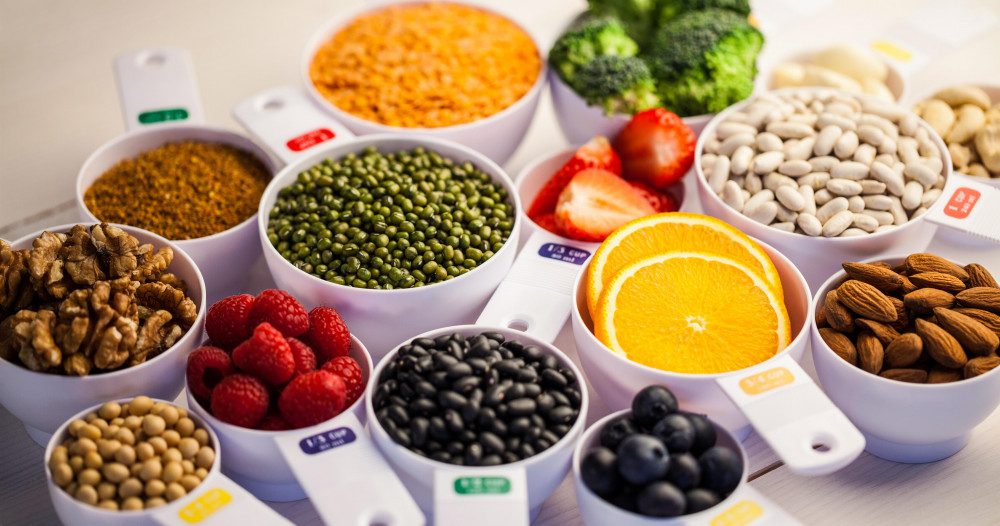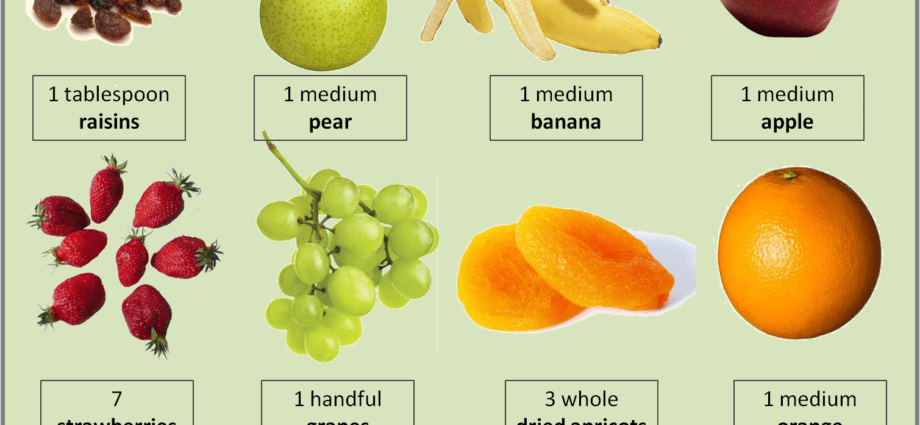Contents
What is a portion of fruits and vegetables?

Why five?
At the origin of the slogan “Eat at least 5 servings of fruits and vegetables per day”, there is the National Health Nutrition Program (PNNS), a public health plan launched in 2001 by the French State in order to preserve or ” improve the health status of the population by acting through nutrition. This program and the resulting recommendations are based on the state of scientific knowledge.
Thus, for fruits and vegetables, hundreds of epidemiological studies have shown that people who consume more fruits and vegetables are healthier (link to the article on the protective effects of F&V on health). And this positive effect is all the stronger as the quantity of fruits and vegetables consumed is important. In the light of this knowledge, a target consumption of at least 400g of fruits and vegetables per day has thus been defined and achieved consensus at the international level (WHO). As all fruits and vegetables are not equal in terms of quantity, this daily goal is translated in terms of portion.
What is a serving of fruits and vegetables?
In adults, a serving of fruits and vegetables is the equivalent of 80 to 100 g. In terms of volume, this is the size of a fist.
This can be for example a small apple, five plums, 10 strawberries, a banana, a plate of raw vegetables, or 100 g of soup.
In children, there is no defined grammage because the quantity will increase with the age of the child, but the benchmark of “1 portion = the size of the fist” remains valid.
Thus, a glass of smoothie made from 5 fruits will not constitute 5 portions but only one. The same goes for soup: a ground soup made from several vegetables “counts” for a portion.
Does the number of fruits and vegetables have to be equal?
This recommendation is a benchmark! The number of fruits and vegetables does not have to be equal. Depending on your tastes, your desires of the day or your schedule, you can eat three servings of vegetables and two of fruits, consume all your portions during the same meal or on the contrary spread them over your meals of the day. The ideal is of course to try to integrate fruits and vegetables into each of your meals and to vary the products you consume as much as possible to derive maximum benefits.
In what form to consume them?
Fresh, frozen, canned, crunchy, in salad, sliced, steamed, in soup, in gratin, in mash, in compote, whatever the shape and the container as long as there is the quantity, namely 400g of fruit and vegetables per day spread throughout the day. The ideal is to favor raw products and homemade preparations to preserve as much vitamins and minerals as possible, while controlling the amounts of salt, fat and sugar added to your fruits and vegetables.
If they have no added sugar, compotes can count towards your daily servings. Pure fruit and vegetable juices can also count as one serving but no more than once per day as whole fruits and vegetables are essential for chewing, fiber intake and the fullness effect.
More information :
Mangerbouger.fr










